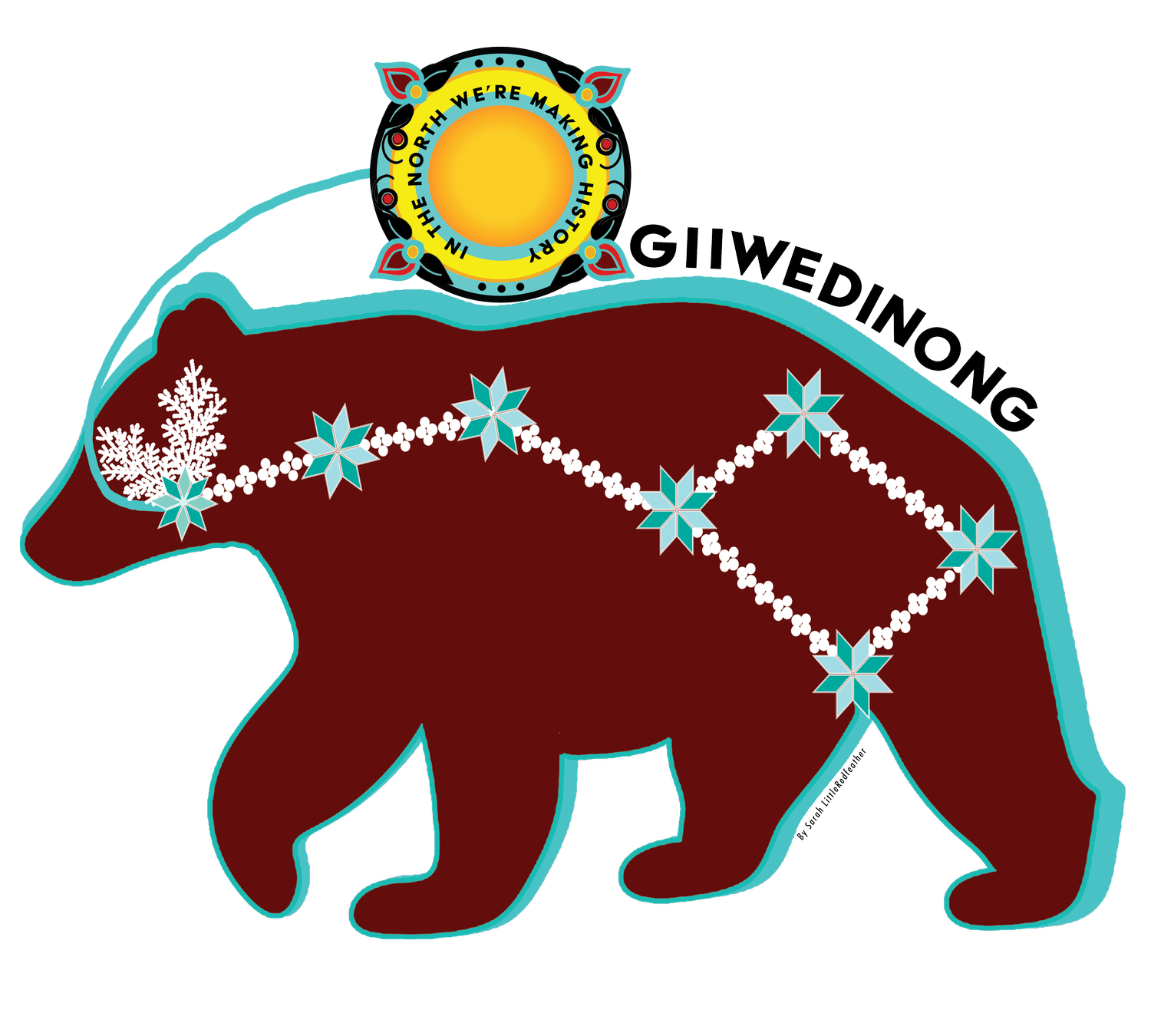Where the Sky Touches the Earth - A Great Leader
Where the Sky Touches the Earth - A Great Leader
by Winona LaDuke
President’s Day is not really an Indigenous thing.
Here’s a different story from Anishinaabe Akiing, the land of the north.
When America was young, there were many Anishinaabe and not so many Gichi-mookoman, the Americans. When America was young, we referred to her as the 13 fires. The Anishinaabe were part of the Three Fires confederacy and dominated the Great Lakes region.
There is really no equivalent to President for the Anishinaabe. Our traditional territory is large, surrounding the Great Lakes. That required distributed representational leadership . That is how we created our nation. Monarchy and European forms of government concentrated power and wealth. Anishinaabe governance shared responsibility and wealth.
Our leaders faced many challenges. One of our great leaders was Mayzhuckegeshig (May-zhuck-ke-ge-shig).
Mayzhuckegeshig or Where the Sky Touches the Earth, signed the 1863 and l867 Treaties between the U.S. and the Anishinaabe. He was the son of Quewezance who was one of the primary leaders of the Mississippi Anishinaabe in the l840’s. When Quewezance was killed in a battle with the Dakota near present day Stillwater, Mayzhuckegezhig assumed leadership responsibilities. He was 16, and proved strong and adaptable enough to continue leadership until his nineties.
His traditional home was Rabbit Lake, in the Crosby and Ironton area, where his community led a good life with plentiful fisheries, hunting, gardens, and manoomin (wild rice). He was a part of the extensive trade routes of the Mississippi River which had existed for millennia between Indigenous nations in North America.
After the so-called, “mining treaties,” of l837 and l842, the lay of the land for the 1855 Treaty was bleak. The Anishinaabe people had just witnessed the brutal Sandy Lake starvation (see PDF) of 400 tribal members (men, women and children) who had been forced to come from Madeline Island to Sandy Lake for treaty guaranteed food and trade goods. Instead, they starved to death. They now knew that the word of the American President was a lie. Now they were being forced to sign another treaty.
The 1855 Treaty was signed on February 22nd, 1855 in Washington D.C.








Think about the hardship.
To travel to Washington D.C. involved canoe, perhaps horse, but also walking. The steamboat to Washington originated in St. Paul if the river was open, or alternatively, Waterloo, Iowa. From there, the boat would travel to Chicago and then the Iron Horse, the train would move passengers to the east. Traveling was neither pleasant, nor did it place people in a position of power. There was no ‘home team advantage.”
Previous treaties, such as the 1854 had been negotiated in Anishinaabe Territory, and now, the Anishinaabe were forced to go to Washington to make peace.
Nonetheless, the Rabbit Lake Reservation (today Crosby Ironton), Pokegama (today Grand Rapids). Gull Lake (Brainerd/ Baxter) Sandy Lake, Rice Lake and Mille Lacs were all established and protected under the l855 Treaty which affirmed the Anishinaabe title to 11-million acres of land and then “ceded” it to the United States.
Of these reservations, Rice Lake Indian Reservation was taken by the Biological Survey department. Gull Lake, Pokegama Lake and Rabbit Lake Indian Reservations had its members removed to White Earth Reservation. Later, the three Pillager Chippewa Reservations were consolidated to form the Greater Leech Lake Indian Reservation.
As pressure from the logging companies and land speculators moved into the 1855 Treaty territory, the U.S. Government pushed the 1863 and 1864 Treaties which took more lands from the Anishinaabe and then finally the 1867 Treaty which was for the preferred lands of the White Earth Reservation.
The Treaty created the 837,000 acre Reservation and protected the land.
This is the work of Mayzhuckegeshig:
“… the lands so held by any Indian shall be exempt from taxation and sale for debt and shall not be alienated except with approval of the Secretary of Interior and in no case to any person not a member of the Chippewa...” Article 7 of the 1867 Treaty.
Although the Anishinaabe reserved our land forever, that treaty was broken by the American President, and today the largest landholders on the White Earth Reservation are the federal, state and county governments, who hold almost one third of the Reservation, in violation of the Treaty. Less than 10% percent of the Reservation is held by the tribal government.
“The red man’s sun was setting in the upper Mississippi Valley, an alien race with another manner of life had come to dominate the scene…” wrote one historian…”
Chief Mayzhuckegeshig devoted his influence to the development of his people in the ways of peace…”
He pleaded and challenged the injustice of the federal government, facing Senator, then Governor Knute Nelson whose Nelson Act divided up the Ojibwe lands and began the next round of theft.
In 1911, in his 80’s, Mayzhuckegeshig traveled
“… to meet with the powers- that- be in Washington for a more intelligent… administration of Indian Affairs as pertains to the Chippewa…”
By that year, 99% of the Reservation lands had been stolen by government agencies, land speculators, loggers and more.
During his life, Mayzhuckegeshig met all U.S. Presidents from Lincoln to Roosevelt, and was a personal friend of Theodore Roosevelt. His descendants are the Wright Family, among others.
It is because of his commitment, determination and ability to adapt in cruel conditions, that the Anishinaabe people are still here to tell the stories, harvest manoomin (wild rice), and stand for justice.


